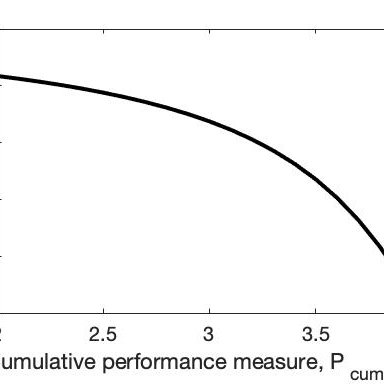“ Return to the Early Shift ” is scheduled to air tonight at 10 p.m. EST on local NBC affiliates. For the NKyTribune’s complete coverage of the trial and the events that preceded it, click here. Working pattern: varied shifts including early mornings (store opening), afternoons, late evenings (store closing) and weekends, to be discussed at interview. 2 days ago Save job Not interested Report job. Suggest as a translation of 'early shift' Copy; DeepL Translator Linguee. Translate texts with the world's best machine translation technology, developed by the creators of Linguee. Look up words and phrases in comprehensive, reliable bilingual dictionaries and search through billions of online translations.


morning shift
A typically 8-hour period of work that begins before the traditional Monday to Friday day shift (9:00 a.m.), with most of the hours worked before mid-day.The shift plan, rota or roster (esp. British) is the central component of a shift schedule in shift work. The schedule includes considerations of shift overlap, shift change times and alignment with the clock, vacation, training, shift differentials, holidays, etc. I am having early shift issues on 7oor4, the trans orig was in a 1986 suburban 4x4 with 5.7 engine, It is now in a 1966 Jeepster with 4.3 motor and with 4.11 gears and 33in tires here is what it is doing, it will shift though to 3rd gear by the time I hit 20mph, so it is really bogging down.

Want to thank TFD for its existence? Tell a friend about us, add a link to this page, or visit the webmaster's page for free fun content.
Jobs Hiring For Morning Shift
Link to this page:
Religious organizations also supported the concept of moral treatment. The Friends Asylum for the Insane in Philadelphia, founded in 1813, is one such example. Doctors there used a combination of Quaker views and medical science of the era. This was the first private, nonprofit exclusively mental hospital in the US. The Bethphage Mission in Nebraska was another religiously-inspired hospital. The Mission, opened in 1914, followed the work of the Swedish and Augustana Evangelical Lutheran Church. The Friends Hospital, Bethphage Mission, and other religious hospitals are still active today.
Many hospitals stopped practicing this version of moral treatment in the 1900s for a number of reasons. State legislators decided that the cost of these programs was more than they were willing to spend. Hospitals also shut down their farms and workshops. Hospital superintendents instead focused on research and new medical treatments. Electroshock therapy and hydrotherapy were among two new methods. With electroshock therapy, small electric shocks were passed through the brains of patients. Hydrotherapy, or water exercises, were developed to help patients.
Doctors were also influenced by popular ideas of eugenics in the late 1800s and early 1900s. Eugenics is the misguided belief that controlling genetics could improve the human race. Some doctors practiced forced sterilization on persons they deemed unfit, removing their ability to have children. Other physicians also performed lobotomies to cut connections between parts of the brain, believing lobotomies could significantly reduce “mania” or “highly disturbing” behavior. Thousands of lobotomies were performed in the 1940s and ‘50s, though this practice faded in popularity by mid-century. Doctors and healthcare advocates increasingly questioned the effectiveness of surgery, instead opting for medication and other methods of care to treat patients.
From the 1960s to the 1990s, many hospitals and psychiatric institutions shut down, giving way to state-funded programs and services in place of these hospitals. These services strive to address an individual’s needs on a case-by-case basis, rather than aiming to “cure” patients with blanket treatments. Changes in treatment of people with disabilities have shifted largely due to the emergence of the disability rights movement in the early 20th century. Individuals’ demands for rights, self-advocacy, and independence have changed the perception of care. The concept, “Nothing about us without us,” which was adopted in the 1980s and ‘90s by disability activists, has altered the decision-making process. Today, there are increased efforts for physicians, caregivers, and people with disabilities to work together to support an individual’s well-being.
Article by Perri Meldon.
Early Shift
This article is part of the Telling All Americans’ Stories Disability History Series. The series focuses on telling selected stories through historic places. It offers a glimpse into the rich and varied history of Americans with disabilities.
References:
[1] Dix, Dorothea, Memorial to the Legislature of Massachusetts. Boston: Munroe & Francis, 1843. Excerpt.
[2] Nomination Form of National Register of Historic Places: Commonwealth of Massachusetts State Hospital and State School System.
[3] Gerald Grob, The State and the Mentally Ill: A History of Worcester State Hospital in Massachusetts, 1830-1920, Chapel Hill: University of North Carolina Press, 1966.
[4] Nomination Form of National Register of Historic Places: Commonwealth of Massachusetts State Hospital and State School System.

